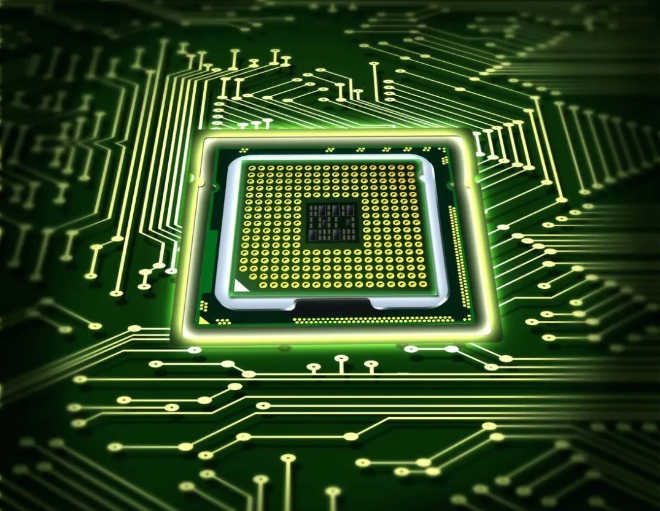The first order is relatively simple, and the process and process are easy to control.
Second order began to trouble, one is the problem of alignment, a hole and copper plating problem. There are many kinds of second-order designs. One is that the positions of each step are staggered. When the next adjacent layer needs to be connected, the wire is connected in the middle layer, which is equivalent to two first-order
HDI PCB. The second is that two first-order holes are overlapped, and the second order is realized by superposition. The machining is similar to the two first-order holes, but there are many process points to be specially controlled, that is, the above-mentioned. The third method is to drill holes directly from the outer layer to the third layer (or n-2 layer). There are many differences between the process and the front, and the drilling is more difficult.
For the third order, the analogy is based on the second order.
The first order HDI PCBs is made by one lamination, which can be imagined as the most common PCB.
The second order HDI PCBs is laminated twice. Take the eight-layer plate with blind hole as an example, first make 2-7 layers of plate and press it well. At this time, the 2-7 through-hole buried hole has been completed, and then add 1 layer and 8 layers to press up, punch 1-8 through-hole to make the whole PCB.
The third order HDI PCBs is more complex than the above. First,3-6 layers are laminated, then 2 and 7 layers are added, and finally 1-8 layers are added. A total of three times of lamination are required, which cannot be done by general manufacturers.

